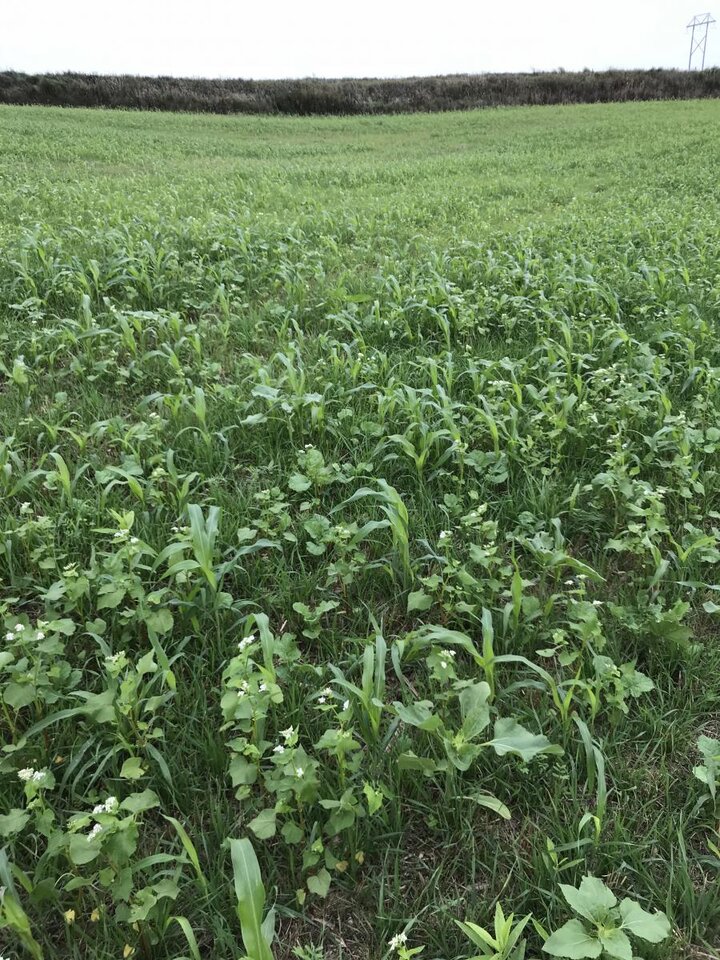USDA’s Natural Resources Conservation Service (NRCS) announced June 28 that it is offering a special Environmental Quality Incentives Program (EQIP) sign-up for farmers in Nebraska who could not plant their crops because of flooded or wet fields. This sign-up provides technical and financial assistance to help farmers plant cover crops, an alternative to letting fields go fallow and uncovered. The deadline to apply is July 19, 2019. This is an extension of the June 21 sign-up deadline announced in April.

Excessive moisture and flooding in 2019 have prevented or delayed planting on many farms across Nebraska. Many producers are unable to plant crops by a final planting date or have experienced significant delays in planting.
Fields that are saturated for an extended period can lose important soil organisms. Cover crop roots add organic matter and create pathways for air and water to move through the soil, which is key to restoring its health.
“Cover crops help farmers manage soil erosion, weeds, and pests and improve soil health,” said Craig Derickson, NRCS state conservationist in Nebraska. “They can also help soil health recover after a flood or a long period of remaining wet.”
Cover crops also improve soil’s physical and biological properties, supply nutrients, improve the availability of soil water, and break pest cycles along with various other benefits. Cover crops approved for funding through this sign up can potentially be hayed or grazed.
Work currently being done to maintain conservation structures as well as sediment removal, debris removal or grading and reshaping can be stabilized and protected from further erosion and damage by planting a cover crop.
Derickson said, “For Nebraska’s cropland that suffered significant damage, planting a cover crop can be a great way to help protect fields and restore productivity.”
For more information, or to apply for this special EQIP funding, contact your local NRCS office.
Other USDA Programs
Farmers with prevented planting coverage through USDA-administered crop insurance can hay, graze, or chop a cover crop. USDA’s Risk Management Agency adjusted the final haying and grazing date from Nov. 1 to Sept. 1 to help farmers who were prevented from planting or delayed in planting due to flooding and excessive rainfall.
More Information
USDA offers a disaster assistance discovery tool that walks producers through five questions to help them identify personalized results of what USDA disaster assistance programs meet their needs. For more information on disaster assistance programs, contact your local USDA service center or farmers.gov/prevented-planting.
